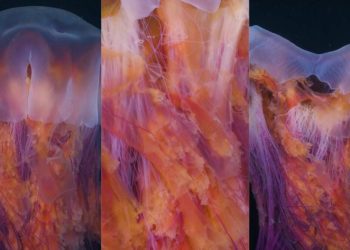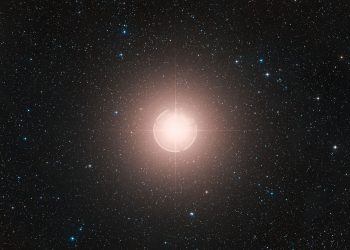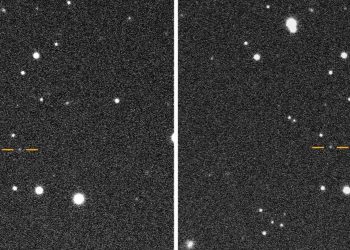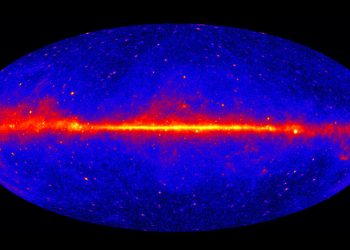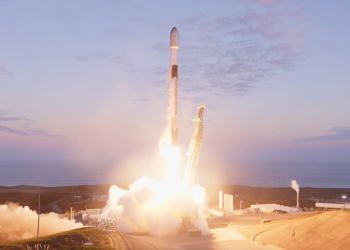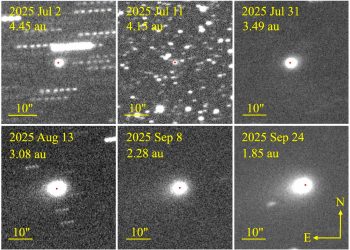The Orionid meteor shower is expected to offer stargazers “one of the most beautiful showers of the year” – with streaks of meteors and fireballs shooting across the sky as it peaks through Thursday, according to NASA.
The big picture: This meteor shower occurs each year as Earth passes through the incoming debris stream from Halley’s Comet, with the 2025 Orionids active from October 2 to November 2. 7 and peaking this week, according to an online publication from the American Meteor Society.
How to see the Orionid meteor shower
NASA recommends finding an area away from city or street lights.
- “Come prepared with a sleeping bag, blanket, or lawn chair,” NASA says.
- “Lie on your back with your feet facing southeast if you’re in the northern hemisphere or northeast if you’re in the southern hemisphere, and look up, admiring as much of the sky as possible.”
Fun fact: Your eyes will adjust after spending less than 30 minutes in the dark and you should start seeing meteors.
What is prime time?
Peak night is Wednesday through Thursday, according to NASA’s message.
The best time to view the Orionids is from midnight until dawn, notes NASA.
What to expect
Observers in dark rural areas could see up to 20 fast-moving Orionid meteors per hour, according to the American Meteor Society.
- “Viewing conditions will be excellent this year,” with Tuesday’s new Moon ensuring “dark skies without lunar interference in the early morning hours,” the company says.
- “If the sky is cloudy, check again in the following mornings: Orionid activity remains strong for almost a week.”
What you need to know about the Orionid meteors
These meteors are “known for their brightness and their speed,” explains NASA.
- They travel at about 41 miles per second in Earth’s atmosphere.
Please note: “Fast-moving meteors can leave glowing ‘trains’ (glowing debris in the meteor’s wake) that last from several seconds to a few minutes,” according to NASA.
- “Fast meteors can also sometimes turn into fireballs: look for prolonged bursts of light when observing the Orionid meteor shower,” notes the space agency.
- “The Orionids are also framed by some of the brightest stars in the night sky, which provide a spectacular backdrop to these showy meteors.”
In photos: Orionid meteor shower of 2025
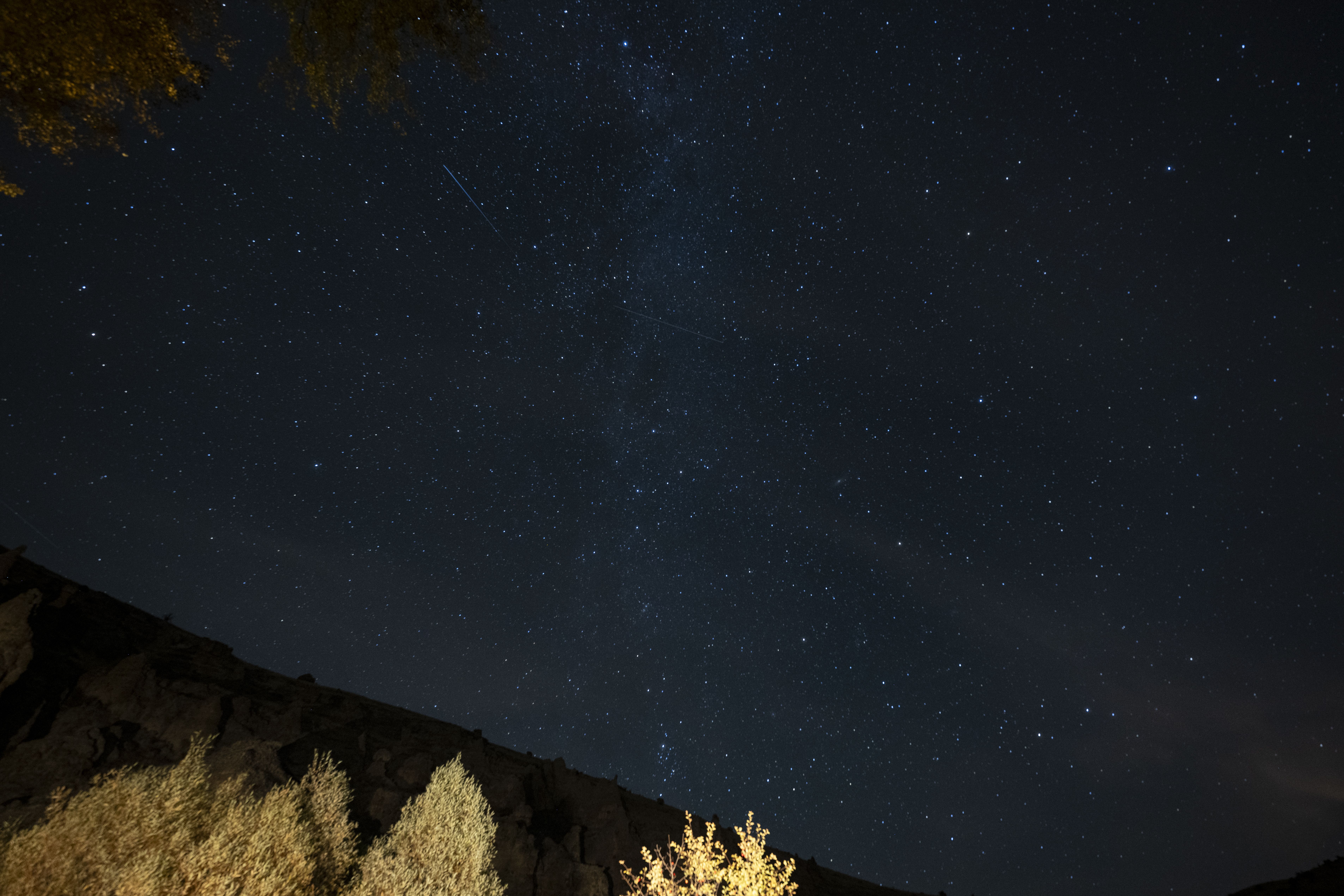
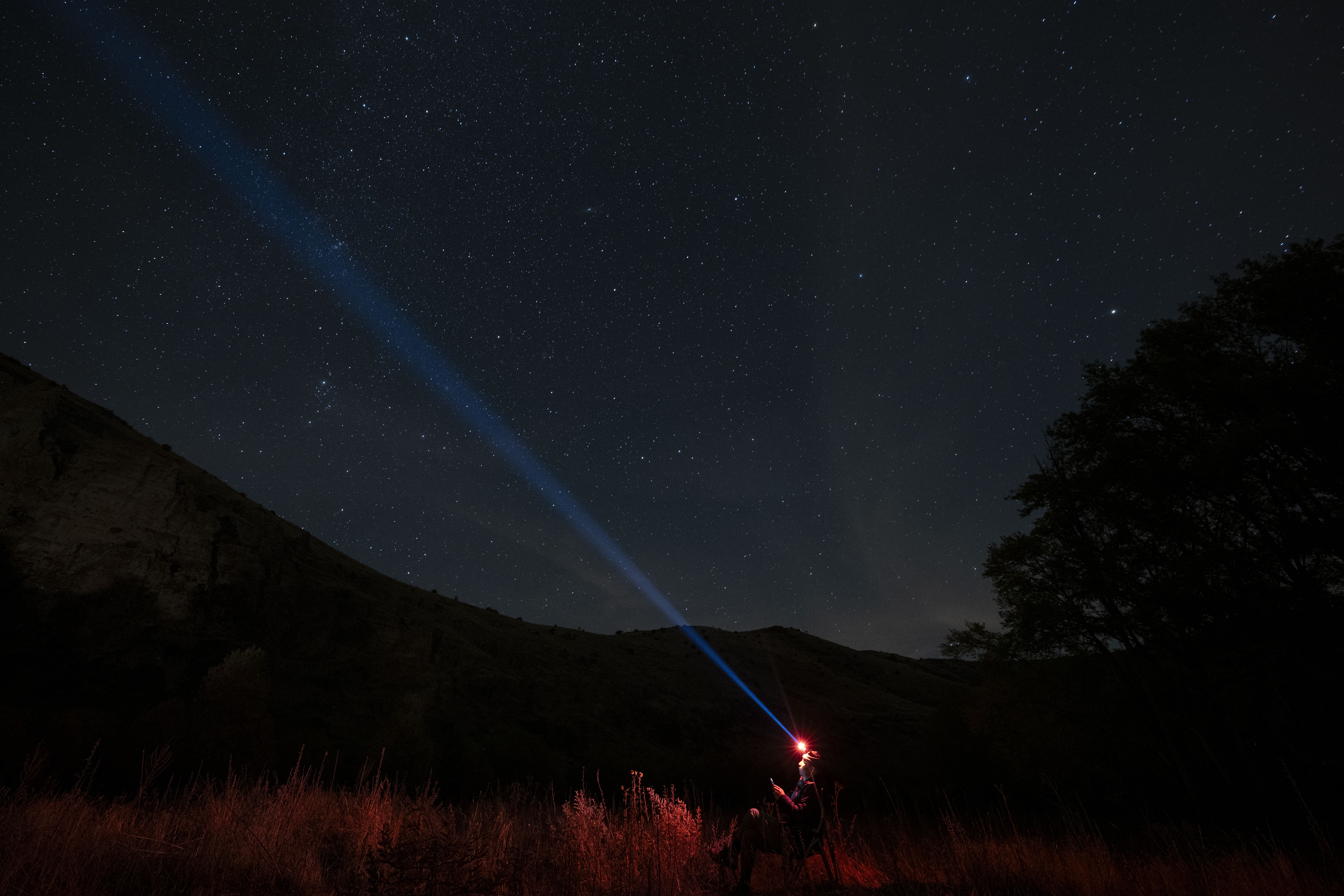
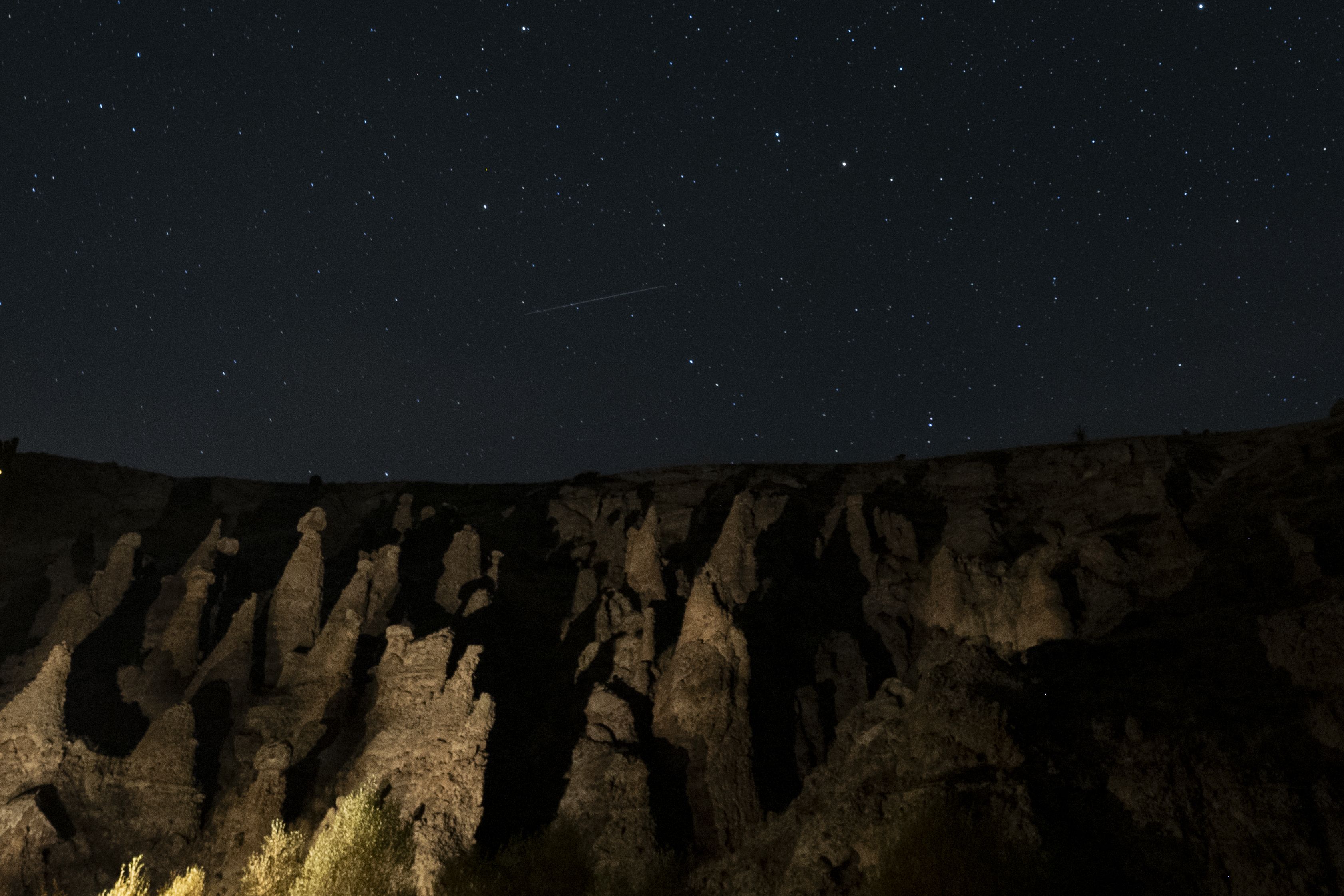
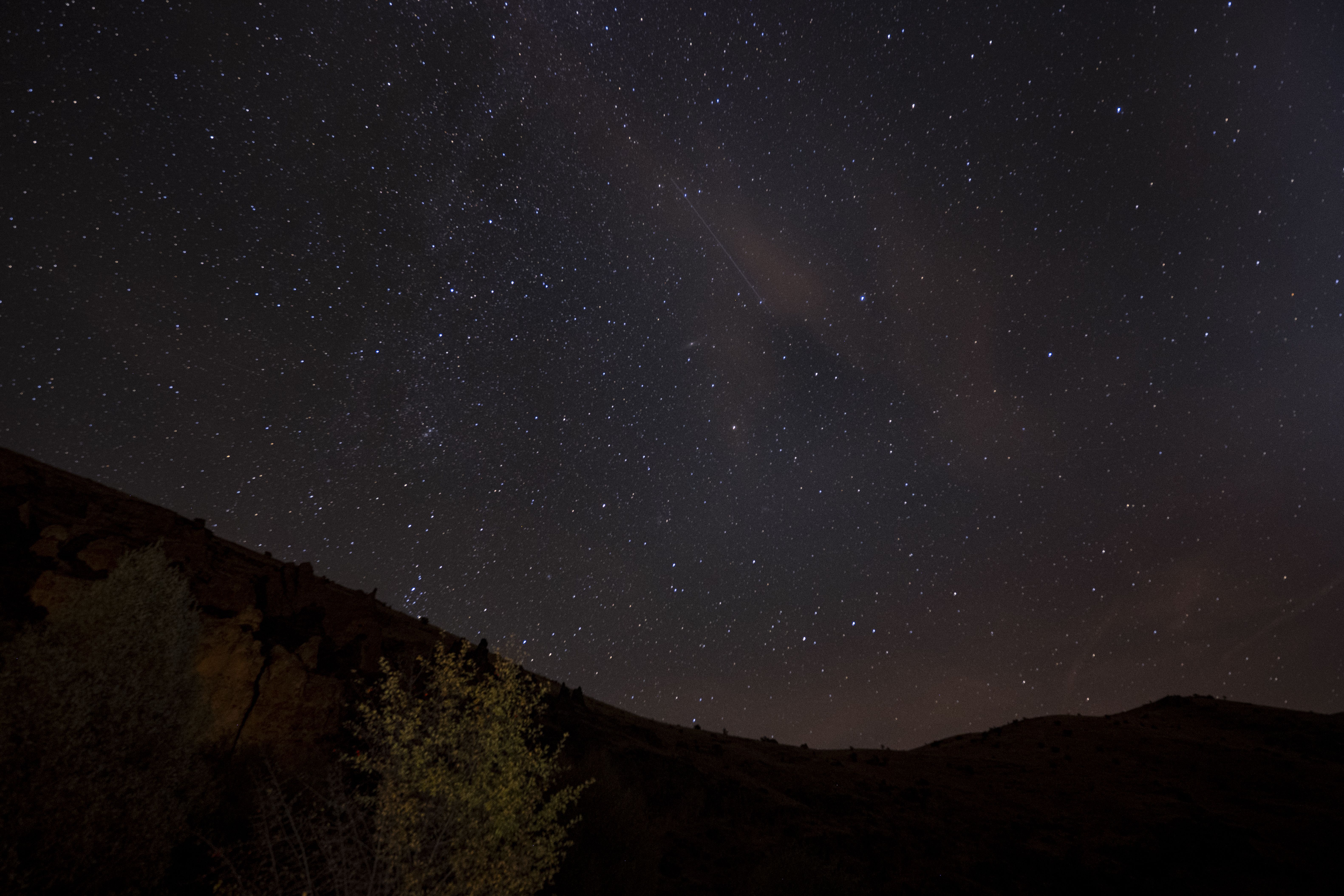
Go further: An asteroid could hit Earth in 2032. Don’t panic, for now



